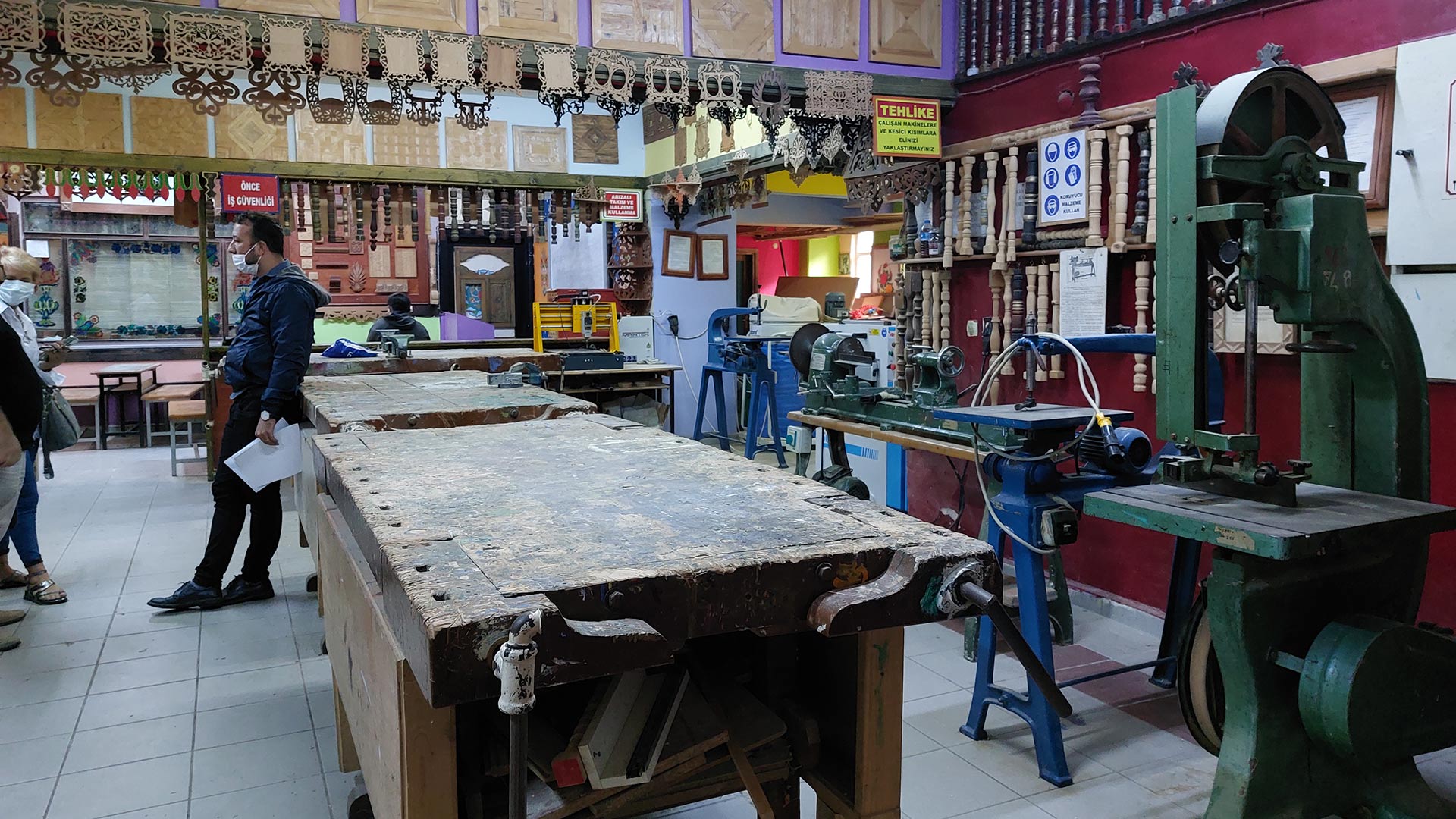
Woodcarving in Greece
In Greece is preserved a great number of wooden crafts of high artistic quality, that
are dated mainly in post-byzantine period, as in byzantine period are conserved a few
but very significant. The wood carvings are divided into ecclesiastical and secular.
In ecclesiastical woodcarving, from which the most and also the most admirable
examples are preserved, are included pulpits, shrines, despotic thrones, epitaphs,
crosses, lecterns. The most representative work of ecclesiastical wood carving,
however, is the templum. The wooden templum or the "wooden wall of icons" of the
post-byzantine period, gradually emerged through an evolutionary course, the starting
point of which was the chancel screen of the early byzantine period. In the byzantine
era the iconostasis are made mainly of marble but also of wood, while from the
paleologean times onwards the use of marble is limited and more and more wooden
iconostasis are made. The wooden iconostasis are categorized into wood carved,
written and mixed.
In addition, from the 18th c. onwards secular wood carving is also flourishing, due to
the rapid economic and cultural development. The ceiling, the mezzanines (fitted
wardrobes) and the doors of the mansions follow a single decorative system, that
prevails in the wider area of the Balkan Peninsula. In modern times folk craftsmen
delivered wonderful wood carvings. Well known wood-carving centers are the regions
of North-western Greece, Pelion, Skyros and Crete. Today in Greece, despite the
industrialization, there are wood carvers and workshops, who continue the rich and
long tradition of the art with great artistic potential and sensitivity.
Caption
1.Lectern. 15 th century
Monastery of Vatopedi. Mount Athos .



